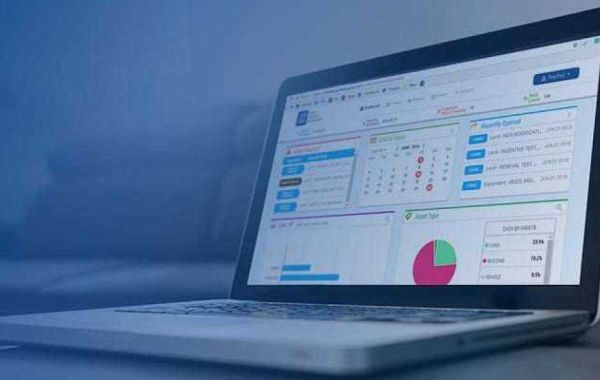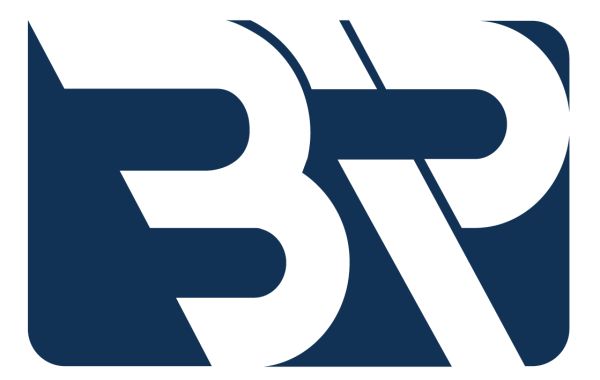Revenue Cycle Management (RCM) plays a pivotal role in the healthcare industry, directly impacting both efficiency and profitability. By simplifying workflows through effective RCM, healthcare providers can improve patient satisfaction, reduce administrative burdens, and streamline billing and payment processes. Let's dive into how leveraging RCM can transform the operations of healthcare organizations.
What is Revenue Cycle Management?
Revenue Cycle Management is the process that manages the financial operations of a healthcare facility, starting from patient registration and appointment scheduling to the final payment of medical services. It ensures that healthcare providers are reimbursed for services rendered while maintaining compliance with regulations.
Why is RCM Important?
RCM is vital because it affects the overall financial health of healthcare facilities. Without a streamlined revenue cycle, organizations face delayed payments, billing errors, and increased claim denials. This inefficiency not only strains administrative staff but also impacts the patient experience.
Key Benefits of Simplifying Workflow Through RCM
1. Enhanced Efficiency and Productivity
Implementing effective RCM practices helps reduce the manual workload on administrative teams. Automation tools and integrated systems allow staff to focus on value-added tasks, such as patient care and relationship-building, rather than getting bogged down in tedious data entry or chasing payments.
1.1 Streamlined Billing Processes
Automated billing systems eliminate the potential for human error and speed up the invoicing process. This change results in fewer billing disputes and faster reimbursements, making cash flow more predictable and consistent.
1.2 Reduced Administrative Workload
When repetitive tasks like claim submissions, eligibility verification, and payment tracking are automated, staff can allocate more time to complex cases and customer support, improving both job satisfaction and service quality.
2. Improved Patient Experience
Simplifying workflows doesn’t just benefit the organization—it also has a positive impact on patients. Transparent billing practices, reduced wait times, and faster responses make patients feel valued and respected.
2.1 Clearer Communication and Transparency
RCM tools provide patients with detailed billing statements that are easier to understand. This transparency reduces confusion and builds trust between patients and healthcare providers.
2.2 Faster Billing and Payment Cycles
When patients receive accurate bills promptly, they can address and resolve any discrepancies faster. This approach leads to a quicker payment cycle, benefiting both the patient and the provider.
3. Better Financial Performance
Optimized RCM workflows can significantly improve a healthcare organization's bottom line. Reducing errors, streamlining the claims process, and improving cash flow are essential steps for maintaining a healthy financial outlook.
3.1 Decreased Denials and Rejections
One of the most significant hurdles in healthcare billing is claim denials. Effective RCM includes built-in checks and validations to ensure that claims are complete and compliant with insurance standards before submission. This step minimizes rejections and speeds up payment processing.
3.2 Higher Revenue Capture
With RCM systems that integrate patient data, coding, billing, and insurance claims, healthcare providers are better equipped to capture all billable services. This capability prevents revenue leakage and ensures full reimbursement for services rendered.
Essential Steps for Simplifying Workflow Through RCM
1. Invest in Automation Tools
The first step to simplifying your RCM workflow is to integrate automation tools. Technologies like electronic health records (EHR) systems, billing software, and automated reminders help reduce the manual workload and enhance efficiency.
1.1 Choose the Right Software
Select software that aligns with the size and specific needs of your practice. Look for features like user-friendly dashboards, real-time reporting, and compliance tracking.
1.2 Train Your Staff
Investing in new technology is only beneficial if your team knows how to use it. Conduct regular training sessions to ensure your staff can leverage these tools to their full potential.
2. Optimize the Claims Process
A simplified RCM workflow means refining the way claims are managed from start to finish.
2.1 Preemptive Verification
Verify patient eligibility and insurance details before appointments to avoid denials. This proactive measure saves time and reduces the back-and-forth with insurance companies.
2.2 Real-Time Claims Tracking
Implement systems that allow real-time tracking of claims so that any issues can be identified and corrected promptly. This feature ensures that claims are processed faster, and follow-up actions are more straightforward.
3. Focus on Data Accuracy
Accurate data entry is the backbone of an efficient RCM system. Inaccurate or incomplete data leads to claim rejections, delayed payments, and extra work for administrative staff.
3.1 Standardize Data Collection
Create standard procedures for data entry, ensuring that all information is complete and correct before submission. This practice reduces the chances of errors and speeds up subsequent processes.
3.2 Conduct Regular Audits
Schedule routine audits to catch discrepancies before they turn into larger problems. This proactive approach can help identify areas of improvement in your current workflow.
4. Foster Clear Communication Across Teams
An effective RCM strategy depends on seamless collaboration between different departments, including front-desk staff, billing teams, and medical coders.
4.1 Use Collaborative Platforms
Leverage collaborative platforms that allow real-time communication and file sharing. This setup ensures that all team members have the information they need to keep the workflow running smoothly.
4.2 Establish Protocols for Issue Resolution
Having a clear protocol for handling issues, such as billing disputes or coding errors, can prevent bottlenecks and reduce confusion among staff members.
Challenges to Watch Out For
1. Resistance to Change
Implementing new technology or processes can face resistance from staff. Address these concerns with clear communication and training programs that highlight the benefits of the new system.
2. Cost of Implementation
While automating RCM processes is beneficial, the initial investment can be steep. It's essential to conduct a cost-benefit analysis to understand the long-term advantages compared to upfront expenses.
3. Maintaining Compliance
Ensuring that your RCM workflow aligns with the latest regulations can be challenging, as compliance standards frequently change. Implementing systems with automatic updates can help keep your practice aligned with industry standards.
Conclusion
Simplifying workflows through effective Revenue Cycle Management can revolutionize how healthcare facilities operate. By implementing automation tools, optimizing the claims process, focusing on data accuracy, and fostering clear communication, healthcare providers can reduce administrative workloads, boost efficiency, and enhance the patient experience. The result? A more profitable and smoothly run organization that can focus on what truly matters—providing quality care to patients.
FAQs
1. What is the main purpose of Revenue Cycle Management?
The main purpose of RCM is to manage the financial process of a healthcare organization efficiently, from patient registration to final payment, ensuring timely and accurate reimbursements.
2. How does RCM improve patient satisfaction?
By simplifying billing and payment processes, RCM reduces confusion, enhances transparency, and accelerates response times, leading to a better overall patient experience.
3. What are common challenges in implementing RCM?
Challenges include resistance to change among staff, the initial cost of implementing new systems, and maintaining compliance with ever-evolving regulations.
4. Why is automation important in RCM?
Automation reduces manual errors, speeds up processes, and allows staff to focus on more strategic and patient-centered tasks, enhancing overall efficiency.
5. What role does data accuracy play in RCM?
Data accuracy is crucial for minimizing claim rejections and delays. Accurate data ensures that all aspects of the billing and payment process proceed smoothly, contributing to a successful RCM system.







